We may earn money or products from the companies mentioned in this post. This means if you click on the link and purchase the item, I will receive a small commission at no extra cost to you ... you're just helping re-supply our family's travel fund.
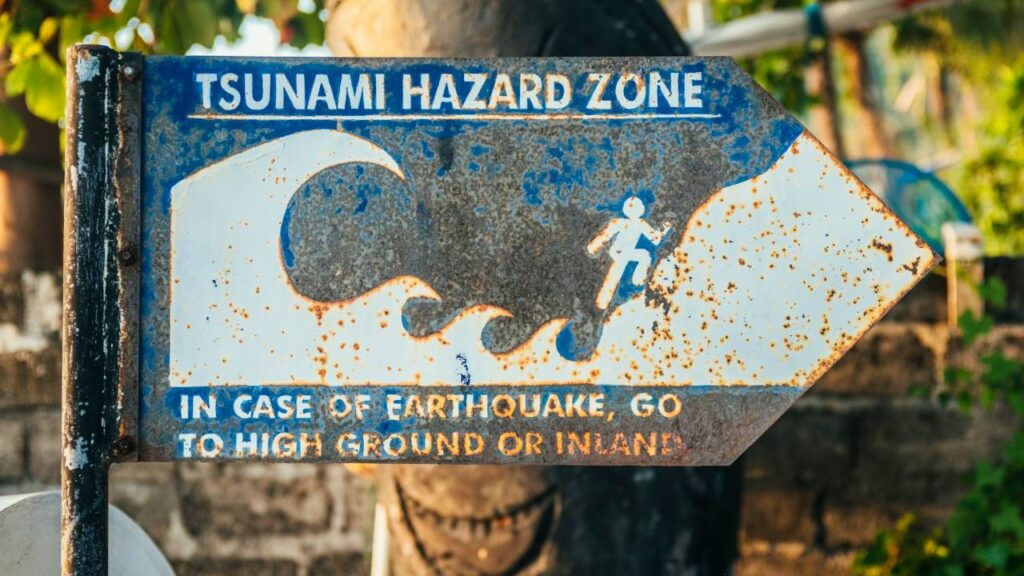
The earth has just trembled beneath your feet, a deep and unsettling rumble that quiets every other sound. In the stillness that follows, a message flashes across your phone: TSUNAMI WARNING. In these critical moments, panic is the enemy and clarity is survival. The power of the ocean is immense and humbling, but knowledge is your shield. This is your calm, clear guide to the most critical mistakes to avoid when every second counts.
1. Don’t Wait for an Official Order to Evacuate
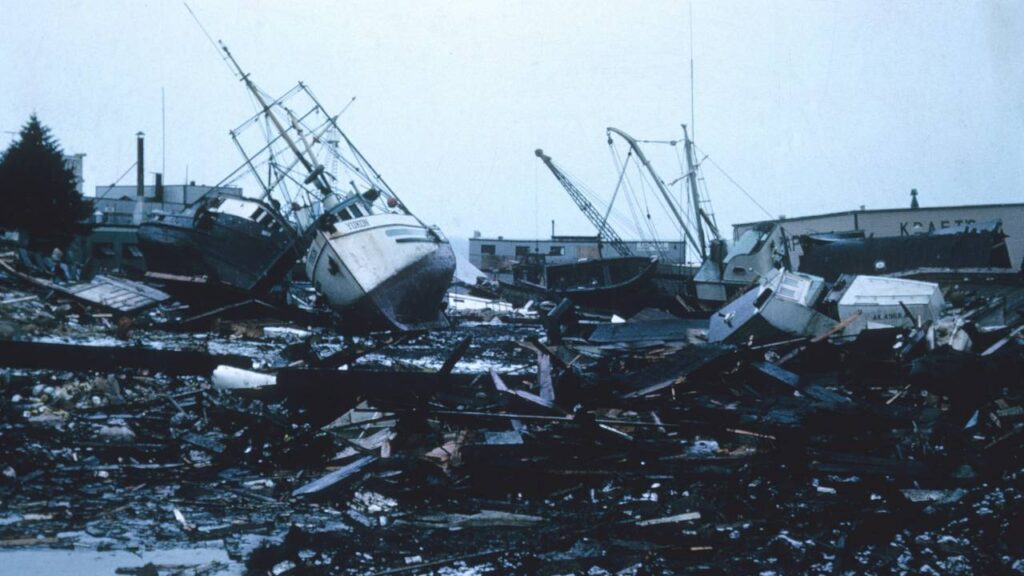
If you are in a coastal area and experience an earthquake that makes it hard to stand, that shaking is your evacuation order. Do not stand around waiting for sirens or a phone alert. A tsunami generated by a nearby quake can arrive in minutes, long before authorities can issue a warning. A sudden, dramatic drop in sea level is another undeniable sign. Trust your own senses over technology. Your instinct to move to high ground immediately is the right one.
2. Don’t Go to the Coast to Watch

This is a tragically common and fatal mistake driven by a dangerous curiosity. A tsunami is not a single, surfable wave; it is a wall of turbulent water, moving with the speed of a jetliner and filled with debris like cars, trees, and parts of buildings. It is an unstoppable force. There is no safe vantage point on the coast. Your only priority must be to get as far away and as high up as you possibly can. The spectacle is not worth your life.
3. Don’t Assume It’s Over After the First Wave
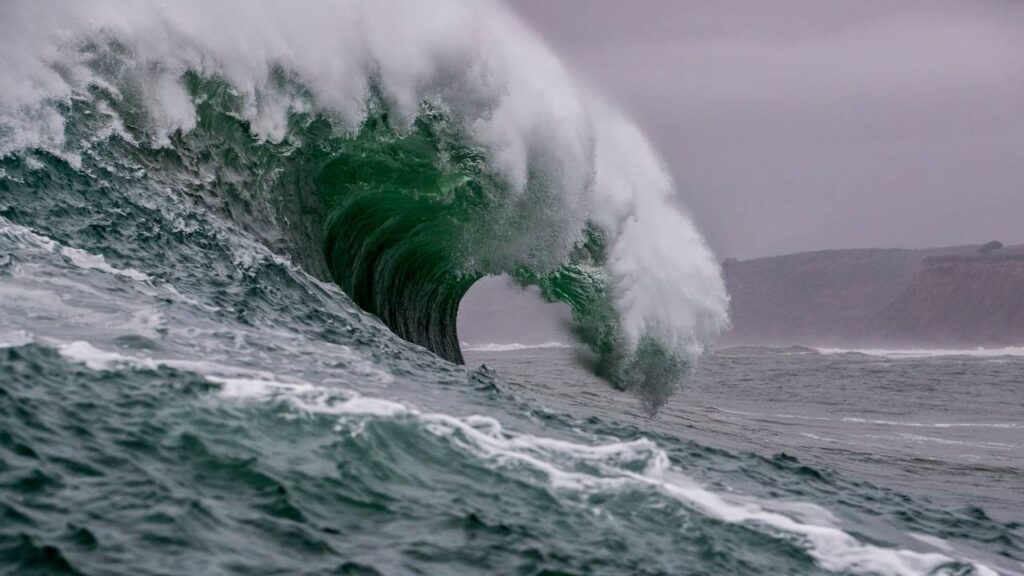
A tsunami is a series of waves, often called a wave train, that can arrive over the course of several hours. The first wave to arrive is very often not the largest or most destructive. Returning to a coastal area after the initial surge is a grave error that could place you directly in the path of a more powerful second or third wave. You must remain in your safe, high-ground location until emergency officials issue an official “all-clear.”
4. Don’t Drive if You Can Evacuate on Foot

Your car can quickly become a steel trap. In a mass evacuation, roads will become impassable arteries of panic and gridlock. They may also be damaged, cracked, or blocked by debris from the earthquake itself. If you are in a designated tsunami hazard zone and high ground is within a mile or two, your own two feet are your most reliable means of escape. A car is only an option if you are far from the immediate danger zone and need to reach higher ground.
5. Don’t Rely on Social Media for Updates

During a crisis, misinformation and rumor spread on social media faster than the truth. While you may see initial reports there, it is not a reliable source for actionable information. You need signal, not noise. Turn on a battery-powered NOAA Weather Radio or listen to local emergency broadcasters. Check the official websites of the National Tsunami Warning Center and your local emergency management office for clear, accurate instructions.
6. Don’t Underestimate a Tsunami “Advisory” or “Watch”
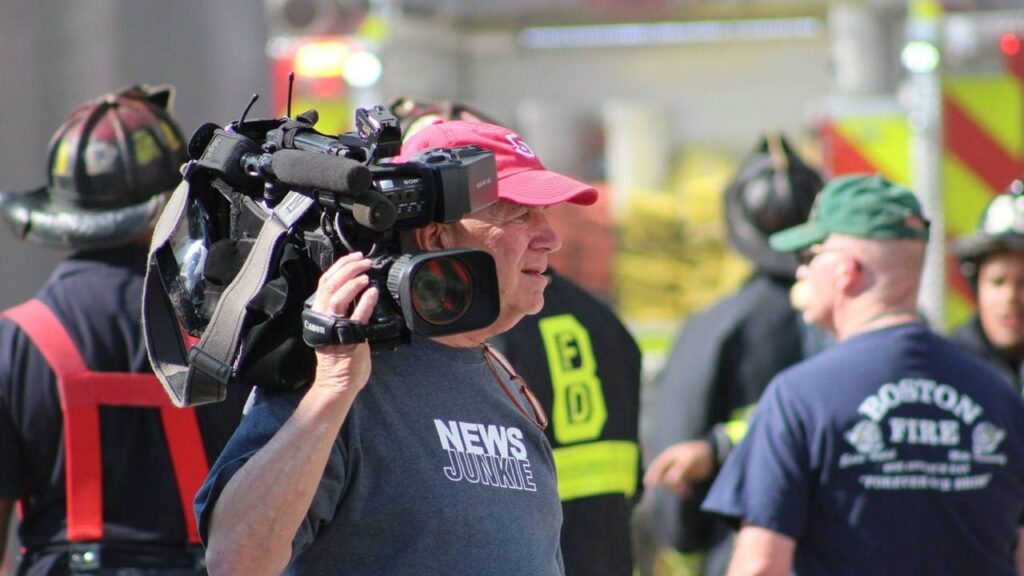
It is vital to understand what the different alert levels mean. A Tsunami Warning means a dangerous, inundating wave is imminent and you must evacuate. But a Tsunami Advisory is also serious; it means strong currents and dangerous surges are expected in the water, which can easily sweep a person off a pier or beach. A Tsunami Watch means a distant event could produce a tsunami. Treat every level of alert with respect and follow all official guidance.
7. Don’t Hide on the Ground Floor of a Building

If you are trapped in a multi-story building and cannot escape to higher ground, your only option is vertical evacuation. Get to the highest floor possible, ideally the roof, of a sturdy, reinforced-concrete structure. The goal is to get above the level of the surging water. Stay away from windows, as the force of the wave can easily shatter them and send dangerous debris flying. Height is your last line of defense when you have no other choice.
8. Don’t Return Before the Official “All-Clear”
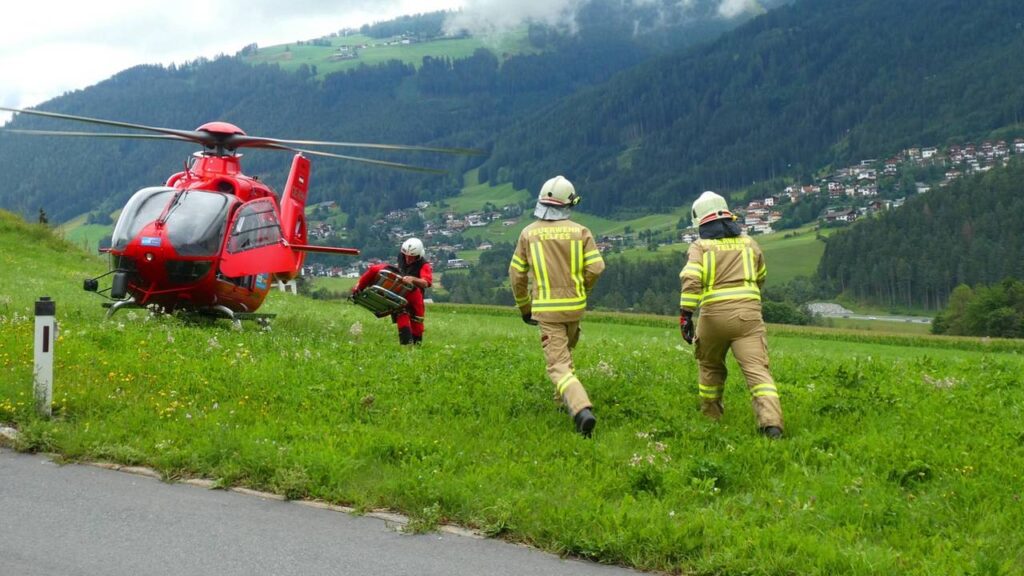
The danger does not simply vanish when the water recedes. Hazardous and unpredictable currents can persist for 24 hours or more. The landscape will be littered with dangers, from downed power lines to unstable structures. Furthermore, returning to the evacuation zone impedes the work of search and rescue crews who need clear access to help those in need. Your patience not only protects you, but it also allows them to save lives.
9. Don’t Forget Your Emergency Go-Bag
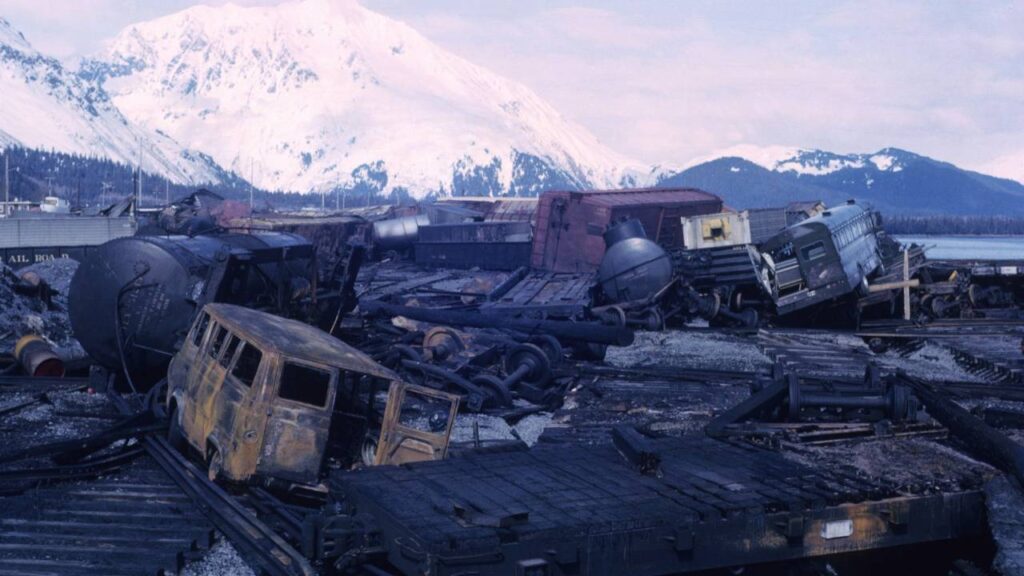
In the seconds after a major earthquake, you will not have time to think, only to act. You cannot afford to spend precious minutes gathering supplies. Your emergency go-bag should be packed and ready well in advance. Keep it stocked with water, non-perishable food, a first-aid kit, essential medications, a flashlight, and a battery-powered radio. This bag is your key to leaving without hesitation, buying you time that can make all the difference.
10. Don’t Ignore Post-Tsunami Hazards
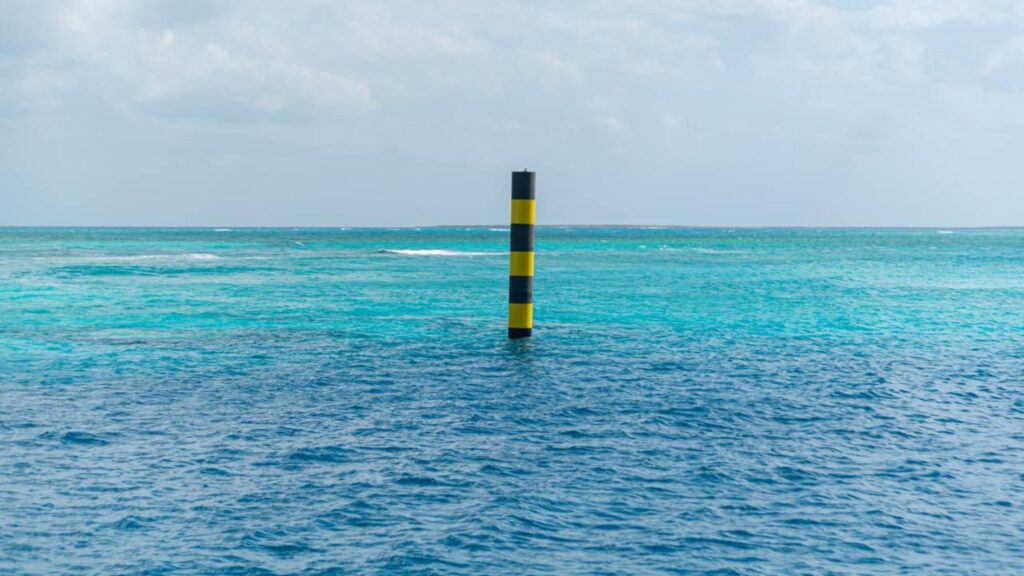
After the immediate threat of the waves has passed and you are cleared to return, the environment remains incredibly dangerous. Be vigilant for downed power lines, which can be live in standing water. Gas leaks from broken lines can create an imminent risk of fire or explosion. The floodwaters themselves may be contaminated with sewage and hazardous chemicals. Navigate the aftermath with the same level of caution you would the event itself.
11. Don’t Lose Critical Documents

Scrambling for identification after a disaster complicates medical care, shelter access, and insurance claims. Store passports, IDs, insurance papers, and emergency contacts in a small waterproof pouch inside the go-bag. Add printouts of evacuation maps and a recent family photo to aid reunification if separated. Keeping documents dry, accessible, and together ensures vital services can be reached quickly when it matters most.